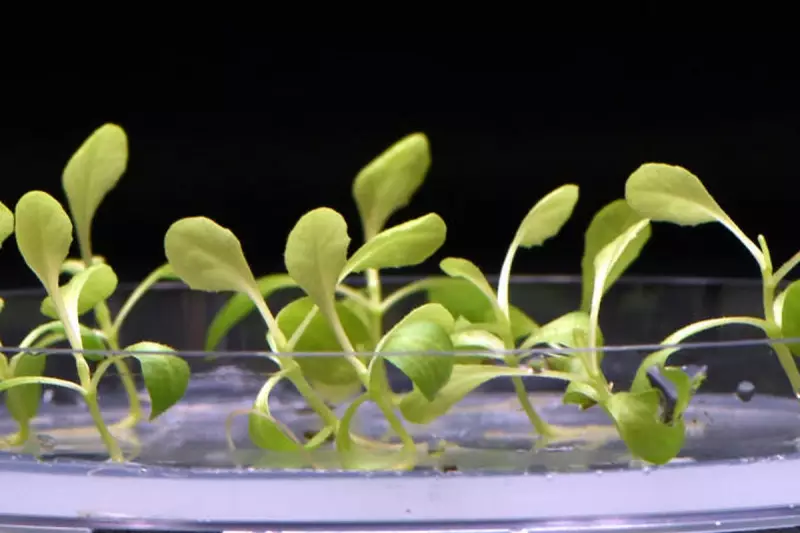
In a revolutionary leap for clean energy, scientists at the University of Cambridge have successfully demonstrated a transformative artificial photosynthesis system that converts sunlight, carbon dioxide, and water into clean liquid fuels—completely bypassing the need for traditional solar panels.
The pioneering technology, detailed in a landmark study published in Nature Energy, employs advanced photoelectrochemical cells to mimic natural photosynthesis. Unlike conventional solar power, which produces electricity, this system synthesises sustainable fuels such as ethanol and propanol that can be stored, transported, and used like petrol or diesel.
How It Works: Sunlight to Liquid Fuel
The system uses special perovskite-based photocathodes and cobalt-based catalysts to trigger a chemical reaction. Sunlight energises the cell, splitting water into oxygen and hydrogen, while simultaneously converting CO₂ into carbon-based molecules. These then combine to form multi-carbon alcohols—a process that until now had remained inefficient and impractical.
Professor Erwin Reisner, who led the research, stated: "We're effectively capturing sunlight and storing it in liquid form. It’s a bit like creating synthetic petrol—but using only sunlight and air."
Why This Changes Everything
Current biofuels often rely on agricultural land, creating competition with food production. This new method requires no organic material or arable land. It can be scaled in photoelectrochemical farms, even in arid regions, turning abundant greenhouse gases into valuable green fuel.
Moreover, these solar fuels produce net-zero emissions. When burned, they release only the CO₂ originally captured from the atmosphere—creating a closed carbon cycle with minimal environmental impact.
The Road to Commercialisation
While still at laboratory scale, the team is now focusing on improving efficiency and scaling up the technology. With sufficient investment, pilot projects could emerge within the decade, offering a viable alternative to fossil fuels for transport and industry.
This breakthrough positions the UK at the forefront of the global race to develop storable, sustainable energy sources—a critical step toward achieving net-zero targets and energy independence.





